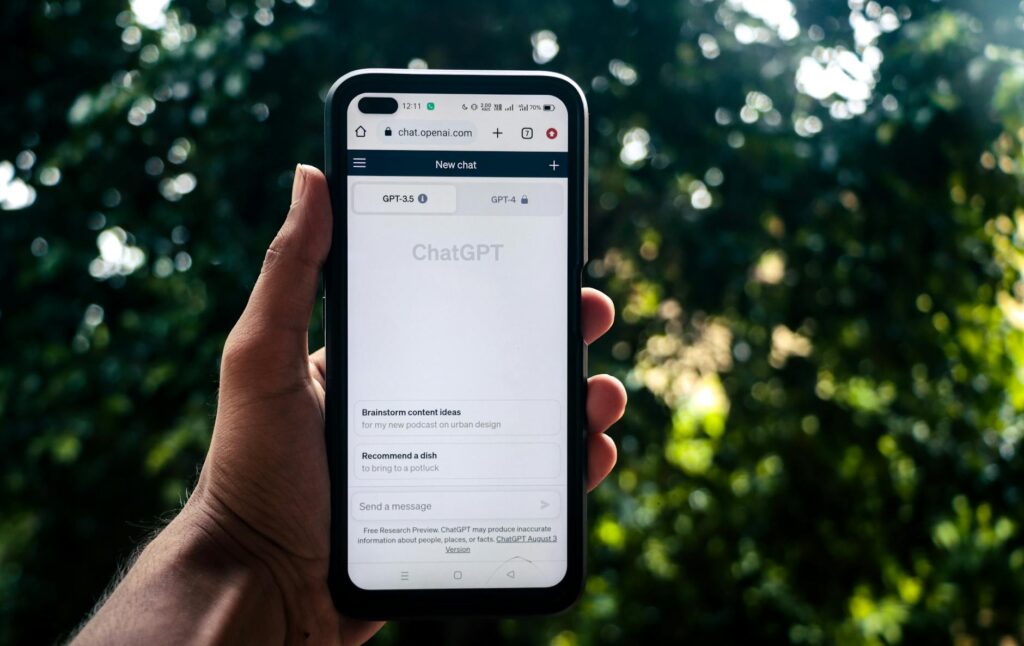What is reduced connectivity?

What is Reduced Connectivity?
In today’s fast-paced digital landscape, the term “reduced connectivity” has gained traction, marking a shift in how we interact with technology and each other. With constant notifications and the pressure to always be available, understanding reduced connectivity becomes crucial for enhancing our personal development and productivity. This article dives deep into what reduced connectivity means, its implications, and how embracing it can foster a more balanced and focused lifestyle.
Understanding Reduced Connectivity
Reduced connectivity refers to a conscious choice to limit engagement with digital devices and online platforms. In a world where we are perpetually connected, this concept highlights the need to take a step back. Reducing connectivity can improve mental well-being, increase productivity, and enhance relationships by encouraging deeper, more meaningful interactions.
What Does Reduced Connectivity Mean?
When we talk about reduced connectivity, we’re referring to the intentional act of disconnecting from digital devices, social media, or the internet altogether. This can manifest in personal and professional contexts, such as implementing “no-phone” policies during meetings or designating specific times for checking emails instead of being constantly plugged in.
In essence, reduced connectivity is about reclaiming your time and attention. It’s about creating a space where distractions are minimized, allowing for more focused work and personal growth. For instance, if you often find yourself scrolling through social media during work hours, you might consider setting specific time blocks for social media use, effectively reducing connectivity during your peak productivity hours.
Examples of Reduced Connectivity
Reduced connectivity can be applied in various scenarios, making it a versatile strategy for enhancing effectiveness and well-being:
- Remote Work Environments: In remote work settings, individuals can set boundaries by establishing “office hours,” where they’re available for communication, and off-hours for focused work without distractions.
- Digital Detoxes: Taking scheduled breaks from technology—like a weekend without screens—can help rejuvenate your mind and provide perspective on your digital habits.
- Intentional Disconnection: Choosing to disconnect from technology in social settings or during family time encourages more meaningful interactions and strengthens relationships.
Benefits of Embracing Reduced Connectivity
The advantages of reduced connectivity extend far beyond surface-level distractions. Embracing this practice can lead to significant improvements in both productivity and mental health.
Improved Focus and Concentration
One of the most noticeable benefits of reducing connectivity is the enhancement of focus. When you limit notifications and distractions, you create a conducive environment for deep work. It’s akin to turning down the volume of a loud concert to hear the subtle notes of a beautiful melody. Fewer distractions mean you can dive into tasks more profoundly and produce higher quality work.
Research indicates that individuals who practice reduced connectivity often report feeling more accomplished and less overwhelmed, as they can allocate their focus to what truly matters. This peak concentration not only boosts productivity but also fosters creativity.
Enhanced Work-Life Balance
Reduced connectivity plays a vital role in achieving a healthier work-life balance. By setting boundaries around work-related communication, you allow yourself the space to recharge. This balance is essential for preventing burnout, which has become increasingly common in our always-on culture.
When you disconnect, even briefly, you open the door to hobbies, family time, or simply relaxing. These moments contribute to overall well-being, making it easier to return to work with renewed energy and focus.
Strategies for Implementing Reduced Connectivity
If you’re ready to embrace reduced connectivity, here are some practical strategies to help you integrate it into your daily life.
Setting Boundaries with Technology
Establishing clear boundaries with technology is crucial. Begin by identifying the times when you’re most productive and minimize interruptions during those periods. You might also consider using apps that limit your access to distracting websites during specific hours.
For instance, if you find yourself constantly checking your phone, establish a rule to only check notifications during designated breaks. By doing this, you can safeguard your focus while still staying in the loop.
Designating Connection-Free Zones
Creating connection-free zones can significantly enhance your ability to concentrate. Designate specific areas in your home as technology-free, such as the dining room or bedroom. By removing devices from these spaces, you encourage more profound connections with those around you and create an environment conducive to relaxation and reflection.
Consider also implementing connection-free times, such as family dinners or weekend outings, where devices are put away to facilitate genuine interaction.
Challenges of Reduced Connectivity
While the benefits are plentiful, adopting a reduced connectivity approach can come with challenges.
Overcoming Fear of Missing Out (FOMO)
One of the primary psychological barriers to reducing connectivity is the fear of missing out (FOMO). It’s natural to worry about what you might miss while disconnected. To mitigate this, remind yourself of the benefits of being present in the moment. Reframe your perspective—consider what enriching experiences you might gain by being fully engaged with your surroundings instead of mindlessly scrolling through your feeds.
Managing Work Expectations
Another challenge is communicating your reduced connectivity strategy with colleagues and clients. It’s essential to set clear expectations. Inform them about your availability and encourage them to reach out during specified times. This not only safeguards your boundaries but also helps others understand and respect your approach.
Conclusion
Reduced connectivity is not just a trend; it’s a necessary response to the overwhelming demands of our digital world. By understanding this concept and implementing strategies to embrace it, you can enhance your productivity and well-being. From improved focus to better work-life balance, the benefits are clear. As you navigate this journey, remember that reducing connectivity is about reclaiming your time and attention, ultimately leading to a more fulfilling and intentional life.

Photo by Sanket Mishra